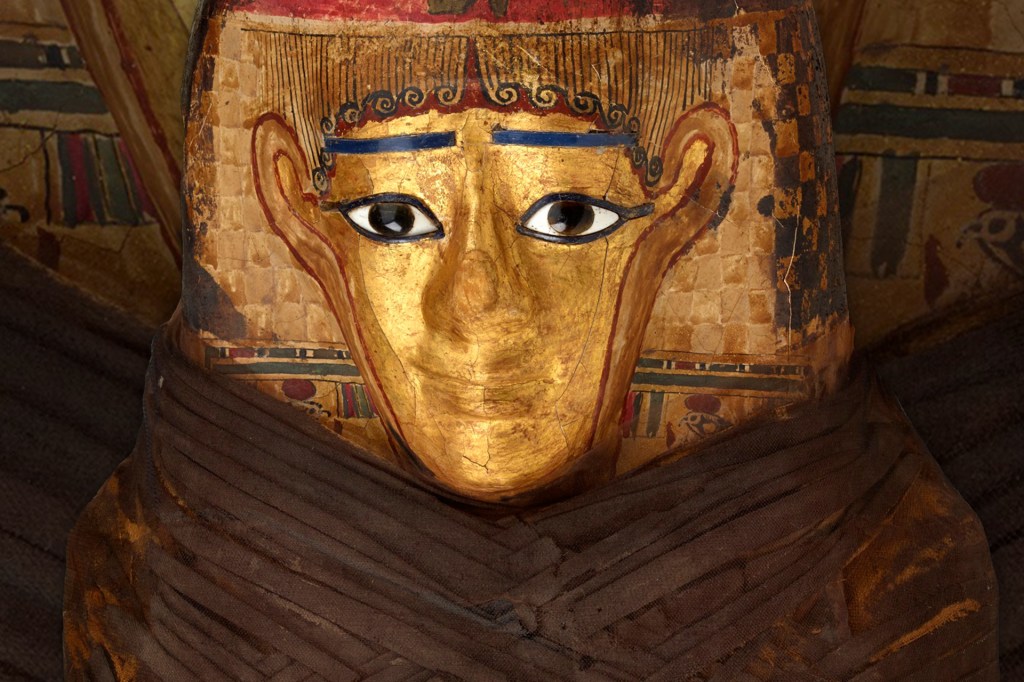
New tools help scientists look inside mummies without damaging them.
If you visit the new Mummies show at the American Museum of Natural History (AMNH), in New York City, don’t miss the mummy called the Gilded
gild
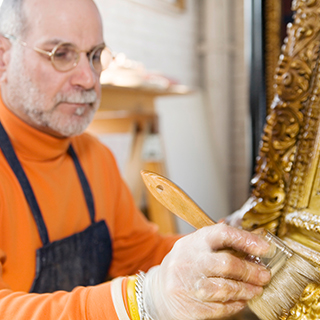 GETTY IMAGES
covered with a thin layer of gold
(adjective)
Howard has been making gilded picture frames for many years.
Lady. Her case is decorated with a golden face and painted eyes. This mummy is the star of the show.
GETTY IMAGES
covered with a thin layer of gold
(adjective)
Howard has been making gilded picture frames for many years.
Lady. Her case is decorated with a golden face and painted eyes. This mummy is the star of the show.
Archaeologists know a lot about the Gilded Lady. They say she probably died when she was in her 40s. That was about 2,000 years ago, in Egypt. Researchers have made a model of her skull. Based on that, an artist determined how the Gilded Lady might have looked when she was alive.
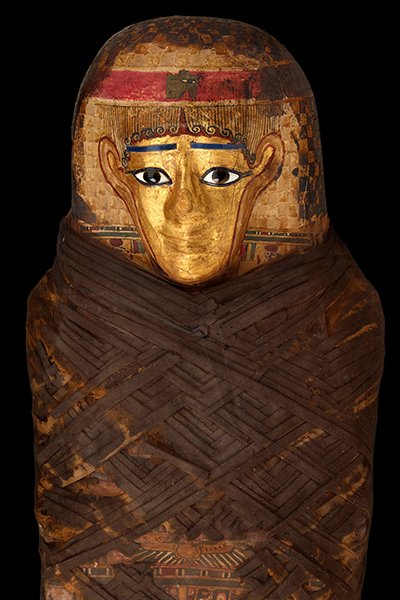
The Gilded Lady’s mask is covered with a thin layer of gold. Ancient Egyptians believed the gold would enable the person’s eyes, nose, and mouth to stay intact in the next world.
© 2015 THE FIELD MUSEUM, JOHN WEINSTEINAnd yet, the mummy’s case has never been opened. Instead, archaeologists used a machine called a CT scanner to look inside. The device takes many X-rays to create a three-dimensional picture.
CT scanners were developed to help doctors examine patients. But the machines turned out to be perfect for studying mummies, too. “Modern technology allows us to understand what’s inside mummy bundles without destroying them in the process,” AMNH curator
curator
 HILL STREET STUDIOS/GETTY IMAGES
a person in charge of a museum exhibit
(noun)
The curator examined an item to be displayed in the museum.
David Hurst Thomas told TFK.
HILL STREET STUDIOS/GETTY IMAGES
a person in charge of a museum exhibit
(noun)
The curator examined an item to be displayed in the museum.
David Hurst Thomas told TFK.
A New Approach
How scientists study mummies has changed over time. In the past, archaeologists would often unwrap their finds. “This did an incredible amount of harm,” says Thomas. “We just don’t do that anymore. We can do so much better.”
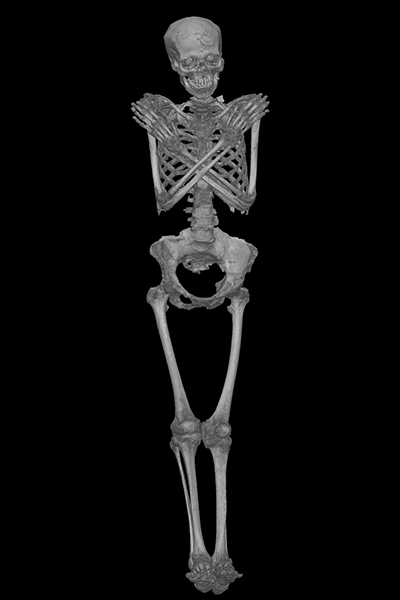
Scientists used a CT scanner to create this 3D image of the Gilded Lady’s skeleton.
©2015 THE FIELD MUSEUM, KATRINA KASPARIScientists today can take tiny samples from a mummy to study in the lab. A strand of hair provides information about the person’s diet. Pieces of bone tell scientists who was related to whom.
Some mummies in Peru were buried with a skull hanging around their neck. Scientists thought these mummies were warriors wearing the skull of an enemy. But they were wrong. Tests in the lab showed that the mummies were buried with the skull of a family member. “That skull was worn around [a mummy’s] neck because it belonged to one of his relatives,” says Thomas, describing a skull displayed in the show.
A World of Mummies
The 19 mummies in the show are on loan from the Field Museum, in Chicago, Illinois. They were found in Egypt and Peru. People in those two places made mummies for different reasons.

An artist created a sculpture that shows how the Gilded Lady may have looked in life.
© 2012. PHOTO: E. DAYNES. RECONSTRUCTION: ELIZABETH DAYNES, PARIS.The ancient Egyptians believed that mummies would be able to live on in the next world. The people who prepared the Gilded Lady thought she would continue to see, hear, taste, and smell with the help of her golden mask.
In ancient Peru, people hoped to stay connected with their ancestors. Some families kept mummies in their home. “Sometimes, the mummies were brought out for special occasions,” says Ryan Williams. Williams is a curator at the Field Museum.
AMNH president Ellen V. Futter called the mummies in the show “messengers from another time.” With the help of technology, archaeologists will continue to unwrap their secrets.
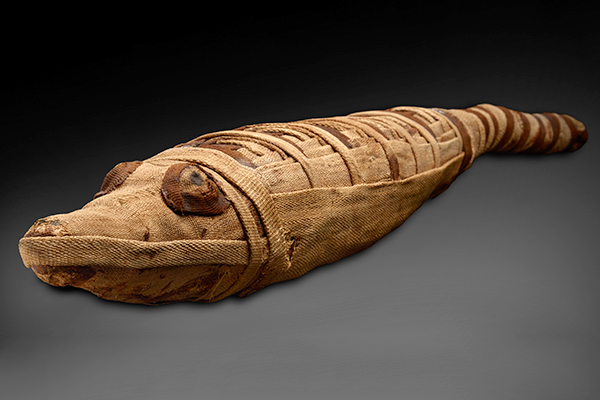
Archaeologists have uncovered millions of animal mummies. This one was likely meant to honor the Egyptian crocodile god, Sobek.
© 2015 THE FIELD MUSEUM, JOHN WEINSTEIN











